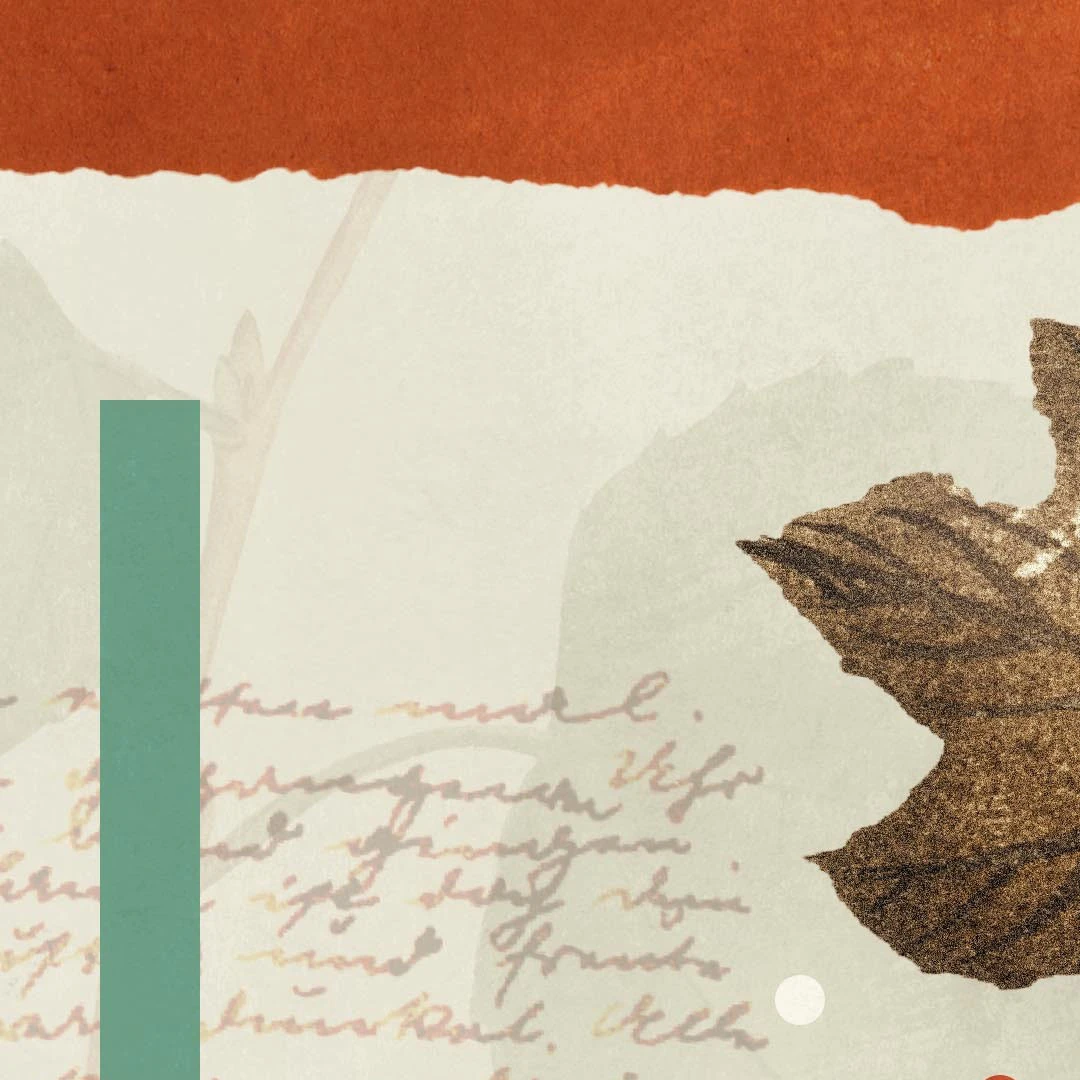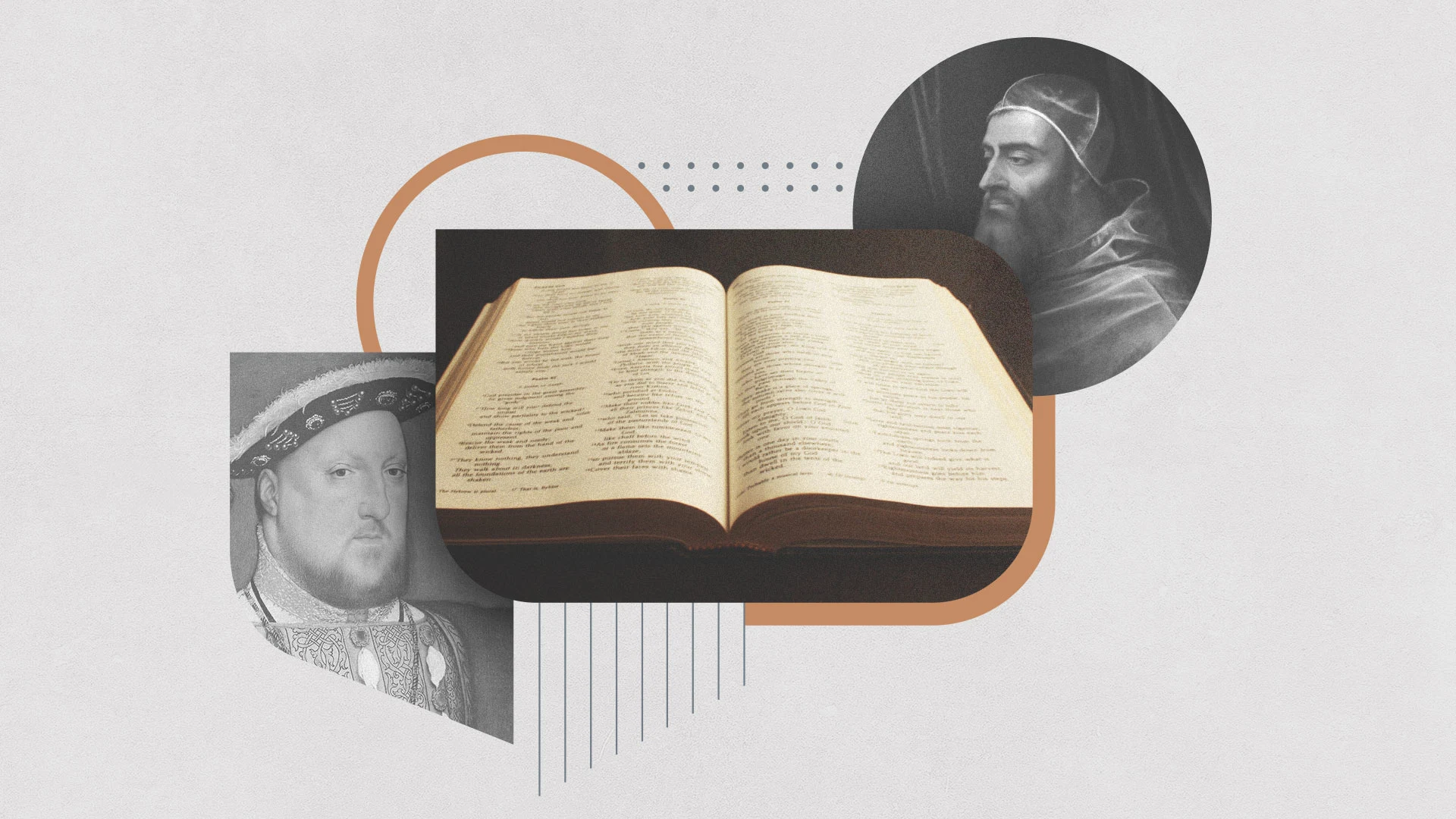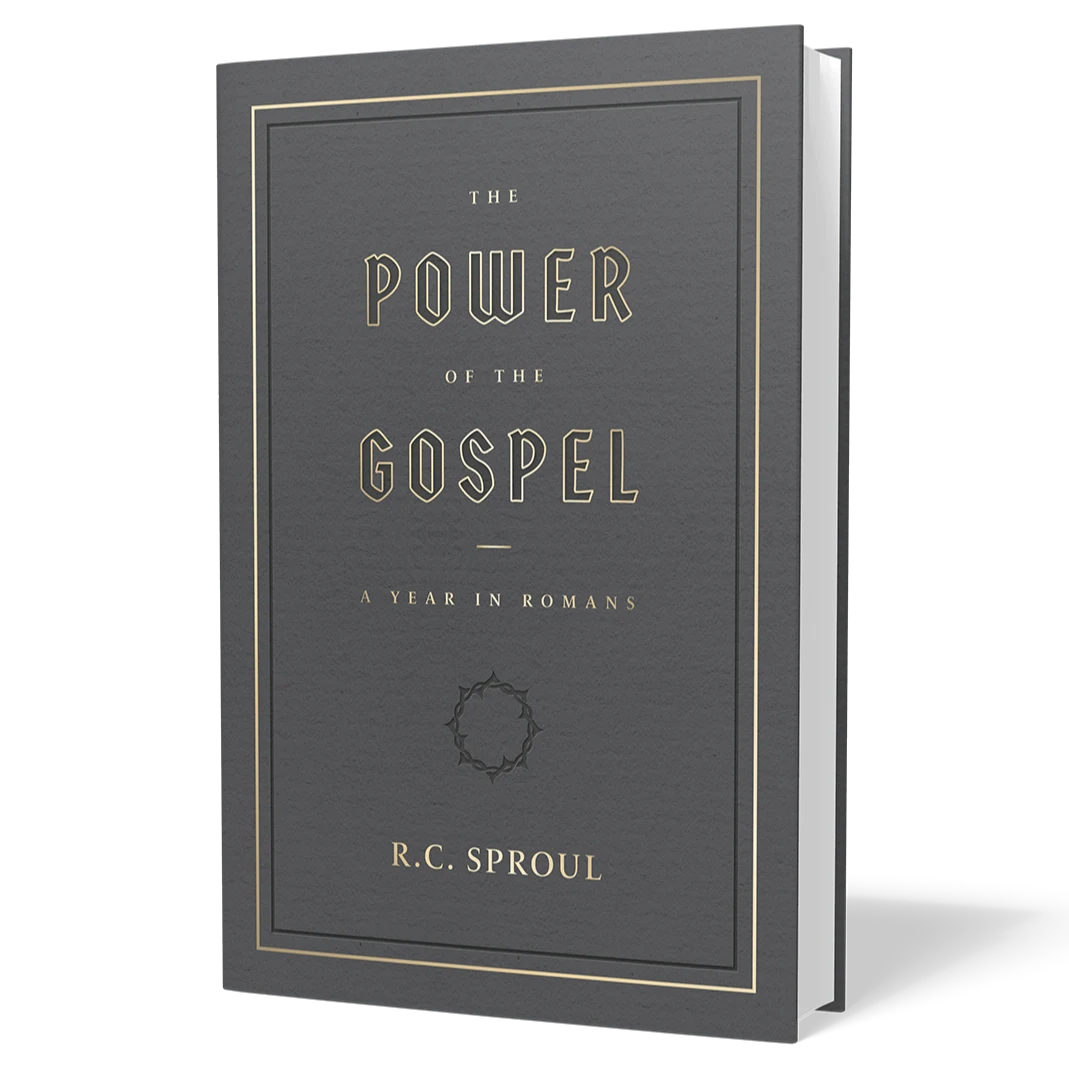Poet of the Reformation

Christians have a rich cultural heritage, but these days they are often oblivious to it. I suspect most American Christians have no idea who George Herbert was—other than, perhaps, the first two names of President Bush I (“George Herbert Walker Bush”). Some may recall him from a British Literature class as the author of those poems that were shaped like physical objects (an altar, wings, and so forth). Others may know him as a major literary figure, who sprung poetry loose from its dependence on a few conventional forms to invent a new form for every poem. But few know him as arguably the greatest Christian lyric poet, who writes about his relationship with Christ in a profoundly biblical way and who captures poetically the spiritual dynamics of the Reformation.
Part of the problem may be that Herbert (1593–1633) was an Anglican priest whose imagery draws on liturgy, vestments, and the sacraments. Indeed, high church Anglicans do know him very well, as do many Catholics. But Herbert was writing in a time long before nineteenth-century Anglo-Catholicism, when the Church of England—though on the verge of coming apart—was still very much influenced by the Reformation. And certainly George Herbert lived and breathed the Reformation gospel.
In the religious poetry of medieval Catholicism as well as later mystical verse, God tends to be imagined as high and lifted up, with the poet striving to reach Him. In The Divine Comedy, Dante imagines himself slogging through hell, laboring up the mountain of Purgatory, and finally—freed from his sinfulness—soaring upward through the sky and all its spheres, until he breaks out into heaven itself and the glorious, beatific vision of God.
In Herbert’s poetry, grounded in the Reformation, the vectors are reversed. The speaker in the poems is not ascending to God. Rather, the speaker has a habit of running away from God, and God descends to him. God in Christ is doing the laboring. God is the actor, breaking into the poet’s life through His Word.
In his poem “The Collar,” the speaker of the poem is rebelling against God. He is a frustrated pastor, angry that he has thrown away his talents and a promising career to minister to people in an obscure country church who do not seem to be responding, who only give him grief. (Herbert was an heir of one of the noblest families in England, a member of parliament, who, upon his religious awakening, left it all to serve in a tiny country parish in Bemerton.) He wants to break out of all of his restrictions and be free from all of this religious stuff: “I struck the board, and cried, No more; / I will abroad. / What? Shall I ever sigh and pine? / My lines and life are free; free as the road, / Loose as the wind.”
Few know him as arguably the greatest Christian lyric poet, who writes about his relationship with Christ in a profoundly biblical way and who captures poetically the spiritual dynamics of the Reformation.
He carries on like this for thirty lines or so. Then something happens: “But as I raved and grew more fierce and wild, / At every word, / Methought I heard one calling, Child: / And I replied, My Lord.”
The “word” of God breaks in. Despite all of his rebellion, God calls him, addressing him lovingly as His “child.” The rebellion melts away as the poet acknowledges his “Lord.” The relationship between the Lord and His child is restored.
The title of the poem, once we know the ending, expresses it all: The pastor’s “collar” feels restrictive; but the value of his ministry and his Christian life has to do with the “caller.” The poet has been called by the Gospel, and he has been called into the ministry (the “caller” has given him the distinctive clerical “collar”), and that makes all the difference.
Herbert’s acclaim as a poet is also due to his mastery of poetic form and to his way of relating the form to the content. In this poem, as the emotions grow “more fierce and wild,” so does the form: the rhyme scheme is disordered; the lines are of varied lengths; the rhythm goes wild. But then, when the word of God breaks in with that last stanza, order is restored: the lines rhyme; they have a regular rhythm; the varied line lengths of the earlier stanzas come together into a poetic order. As the poet attains emotional and spiritual harmony, the poem itself becomes harmonious.
Herbert arranged his poems into an ordered whole that he titled The Temple, with reference to the Old Testament building, the New Testament church, and the human heart as the temple of the Holy Spirit. His first section, “The Church Porch,” consists of maxims of the Law, but this is only a portal to “The Church.” This section consists of a series of poems on the death and resurrection of Jesus Christ, punctuated by poems of response to what Christ has done. After these poetic emblems of justification, we have a poem on baptism and then a large number of poems on sanctification, the ups and downs of the Christian life.
The series ends with surprisingly upbeat poems on death, concluding with the famous poem “Love,” the third of that title, in which Herbert compares entering into heaven with coming into an inn. He feels dirty and unworthy, but his Host insists on serving him. “‘Know you not,’ says Love, ‘who bore the blame?’” The unworthy guest, feeling that he would be more at home in hell, than at this feast, keeps pulling back. He says to the Divine Love, I need to serve you. No, says Love, you just have to accept what I do for you and sit down for the feast.



